For small- to medium-size enterprises, land-based aquaculture is already a reality
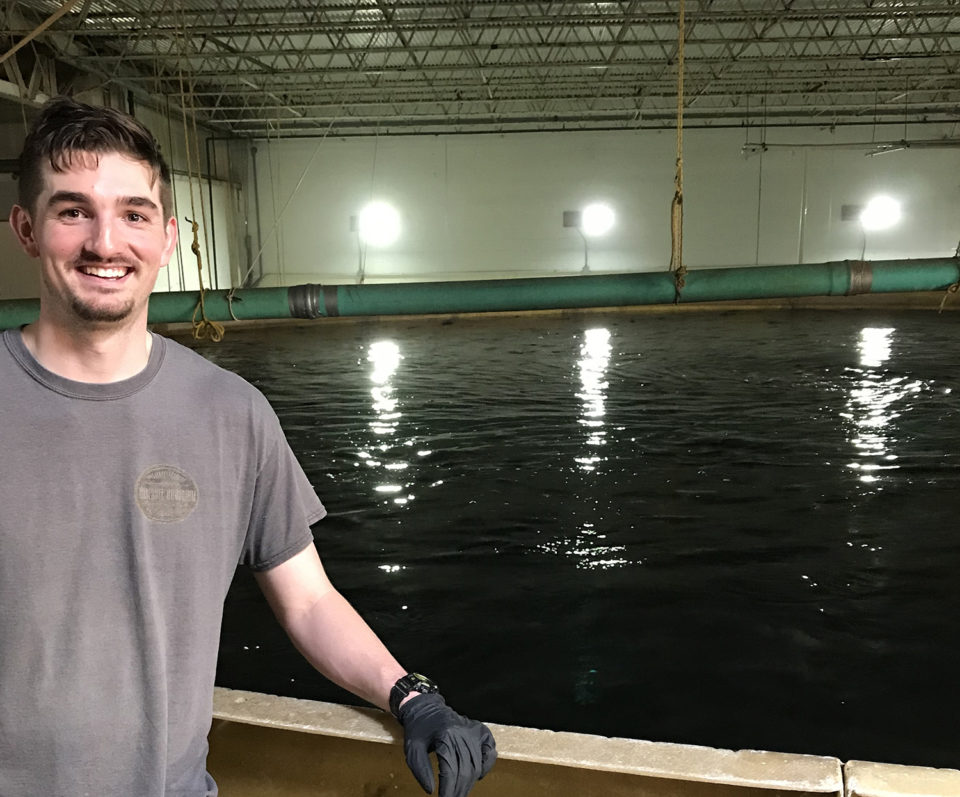
Mention the words “recirculating aquaculture system” and most people in the room will think of large companies spending billions of dollars to make fish farming on land happen. What they might not consider is the increasing number of small- to medium-size enterprises (SMEs) that have established smaller, multi-species farms using RAS. Many of them are poised for success and expansion.
“We believe strongly in recirculating systems as the logical evolution of aquaculture and the solution best suited for North America,” said Martin Gardner, director of business development at Blue Ridge Aquaculture in Martinsville, Va. USA. “Our concern is that the United States is importing over a billion pounds of seafood right now, most of it raised in aquaculture. We raise our own poultry and pork domestically and we should be raising our own fish.”
Blue Ridge started raising tilapia in RAS in 1991 and this year expects an output of 4.7 million pounds, most of it sold into the niche live market in major Northeast U.S. cities. The company is planning to expand its facilities, increase production to 10 million pounds and enter the fresh fillet market over the next few years. But the 43 RAS tanks it started out with 29 years ago are still working well.
“We don’t think RAS systems have changed,” Gardener said. “We use a lot more technology now, but once your science and biological systems are established and operating, it all works.”
While running a RAS-based aquaculture operation inland promises greater biosecurity and limited impacts on the surrounding environment, it can create costly energy bills for an SME. Spencer Gowan, general manager at Great Falls Aquaculture in Turners Falls, Mass., estimates that his landlocked barramundi farm’s monthly energy bill is around $40,000. The company purchased the farm from Australis Aquaculture in September 2018 and produces more than 400 tons of barramundi per year. It’s currently operating at 75 percent capacity now but expects to be fully operational soon and producing closer to 500 tons.
To offset the high energy bills, an anaerobic digester is in the pipeline: “It will collect solid waste, farm mortality and processing waste, turn it into methane gas and run a generator that will supply power and heat for the building,” he said.
“We’re not looking to expand right now and most of our investment has been in infrastructure improvement. But we believe running a RAS-based farm inland has a lot of advantages. Property values are not super high, we’re able to attract a decent workforce in our area, we can control the environment for the animals, and we have a consistent availability of product for our customers.”
Real estate prospects were also attractive to Eric Pedersen, president and CEO of Ideal Fish, which farms branzino (loup de mer, Dicentrarchus labrax) in Waterbury, Conn. The company broke ground in 2016 and began raising fish in 28 RAS tanks located in a 63,000-square-foot building that was formerly a button manufacturing facility.
https://www.aquaculturealliance.org/advocate/connecticut-urban-fish-farm-leans-on-ras-to-produce-branzino/
“The city has a lot of underutilized manufacturing space and buildings like this one that was perfectly repurposed for our sustainable aquaculture business,” he said. “Waterbury is delighted to have us here, and on a state level, we qualify for abatement on real estate and property taxes and have found it easy to comply with Connecticut’s regulations.”
Located midway between Boston and New York, in central Connecticut, Waterbury has been an ideal location for a branzino farm, and Pedersen says there is high demand for its product.
“Fish that come out of RAS are produced in the most sustainable way possible today, and are fresher than anything else you can get in the U.S.,” he said. “Our price is higher than that of imported branzino but our customers are willing to pay our prices because they get a fresher product that lasts longer. Branzino farmed in sea cages in the Mediterranean is five to six days old by the time it gets to the U.S., which means retailers don’t have as much time to sell the fish as they do when they sell ours. There’s a lot to be said for an American-produced fish. This country likes locally produced food.”
Ideal Fish will reach a production capacity of 160 tons per year this summer and has ambitious expansion plans: “We intend to add additional species, maybe a salmonid like Arctic char, and we’re also looking at other types of niche fish like red snapper or a yellowtail kingfish,” he said. “We’d require multiple facilities to make this happen and we’re looking to raise money to do that because we are big believers in the benefits of supplying fish to U.S. consumers through RAS, and we want to expand our operations to meet this need.”
For smaller enterprises, the biggest hurdle to increasing business is money. At Hanilu Farms in Cutler, Ind., owner-operator Leland Meador is selling 80,000 pounds per year of barramundi from 16 freshwater tanks he established in 2017.
“Our product is in high demand and the only thing standing in the way of increased production is money,” he said. “If I had the money today I’d start building more facilities tomorrow. Sure, we’re still developing the technology and feeling our way through it, but I’m confident enough to move forward.”
Even SMEs struggling to make their RAS farms a smash success still hold the concept and the technology in high regard. At Inland Shrimp in Cincinnati, Ohio, Gary Beatty has been raising Pacific white shrimp (Litopenaeus vannamei) for four years and today produces up to 500 pounds a year. Finding investors to partner with has been a challenge, despite taking the stage at the first Fish 2.0 innovation forum in 2013.
“We don’t have enough to sell so we’re giving our shrimp away to family and friends right now,” he said. “There’s been a delay to commercializing our farm because we’ve been bootstrapping everything. So we’re looking for investors and trying to raise $500,000 to retrofit a small warehouse that would give us an output of 12,000 pounds a year. But we’re ready to scale up and commercialize.”
Despite the delays, Beatty remains confident about the future.
“Ten years down the line we envision having a fair-size RAS farm in just about every major city around us,” he said. “We’ve seen larger producers raise millions of dollars and have nothing to show their investors. So we want to be more conservative in our projections and fundraising efforts, to start off small, prove ourselves and then go out and attract investors’ money.”
Follow the Advocate on Twitter @GAA_Advocate
Now that you've reached the end of the article ...
… please consider supporting GSA’s mission to advance responsible seafood practices through education, advocacy and third-party assurances. The Advocate aims to document the evolution of responsible seafood practices and share the expansive knowledge of our vast network of contributors.
By becoming a Global Seafood Alliance member, you’re ensuring that all of the pre-competitive work we do through member benefits, resources and events can continue. Individual membership costs just $50 a year.
Not a GSA member? Join us.
Author
-
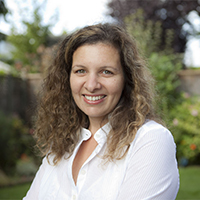
Lauren Kramer
Vancouver-based correspondent Lauren Kramer has written about the seafood industry for the past 15 years.
Tagged With
Related Posts
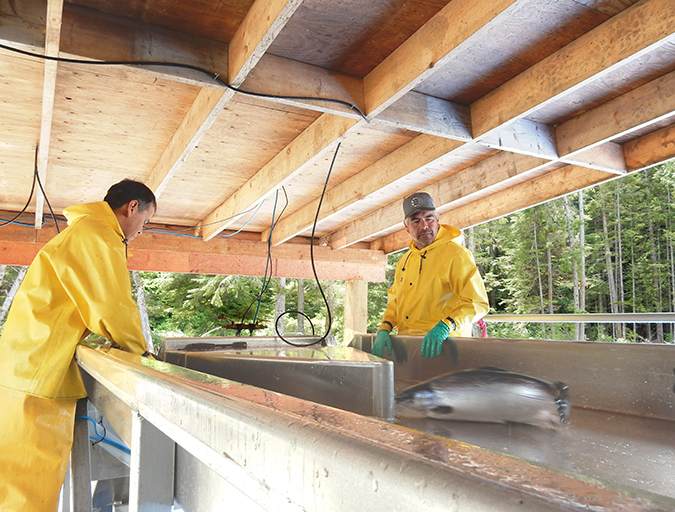
Innovation & Investment
Competitiveness comes at scale for RAS operations
Total RAS salmon production worldwide is less than half of 1 percent of total production. Many of the investors flocking to the sector now are new to fish farming, and confident in its potential.
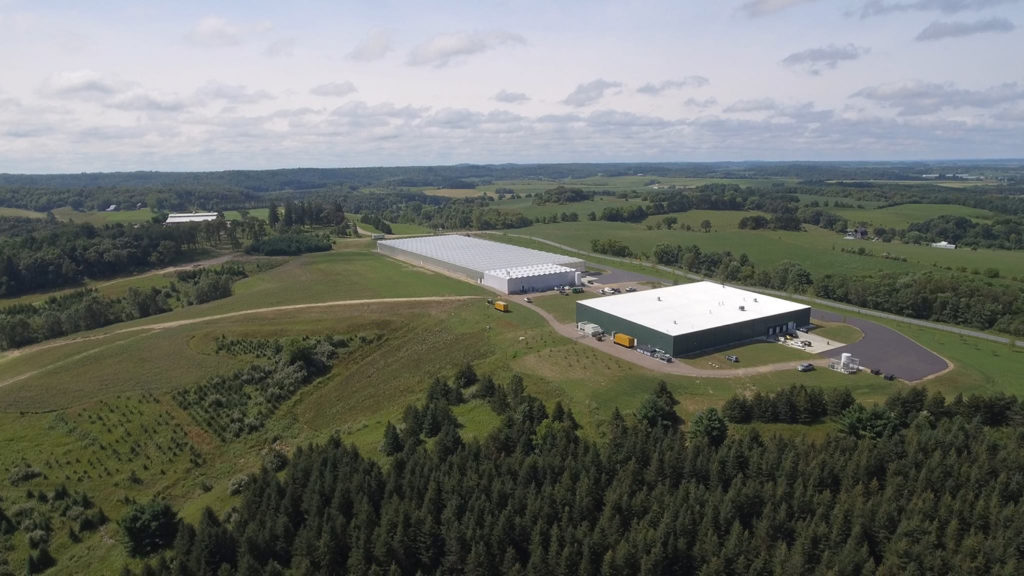
Intelligence
RAS believers making an early stand on American soil
RAS is an emerging sector with two producers leading the U.S. pack, responding to high demand for Atlantic salmon and for local, low-impact food.
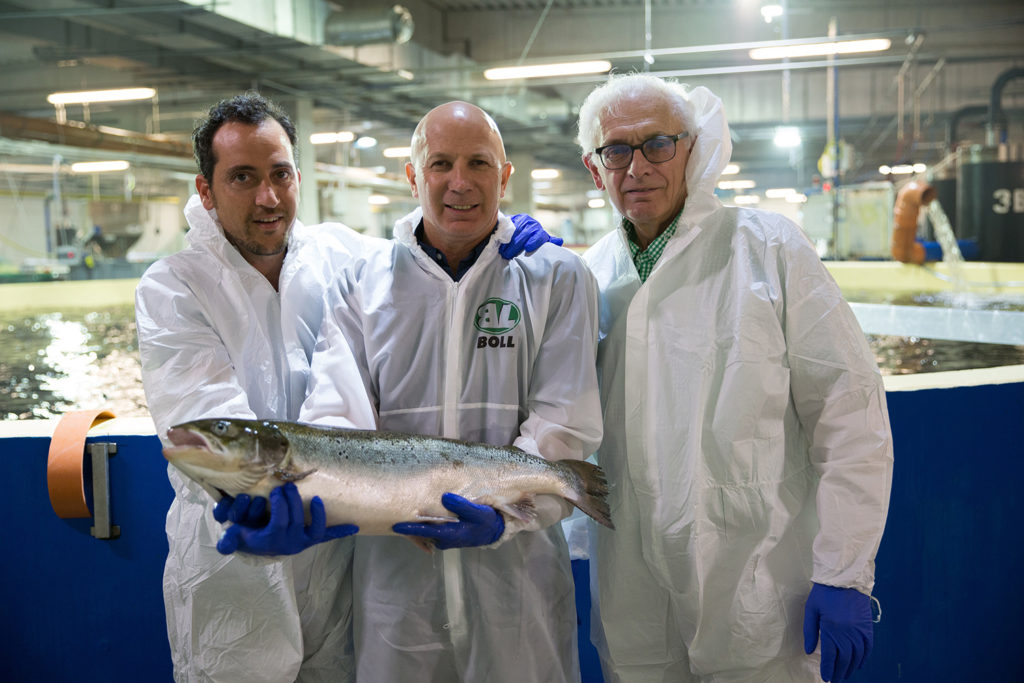
Innovation & Investment
AquaMaof cultivating a ‘new generation’ of fish farmers
Israel-based AquaMaof has seen its RAS technology rolled out to 10 facilities around the world, with more still in the pipeline.
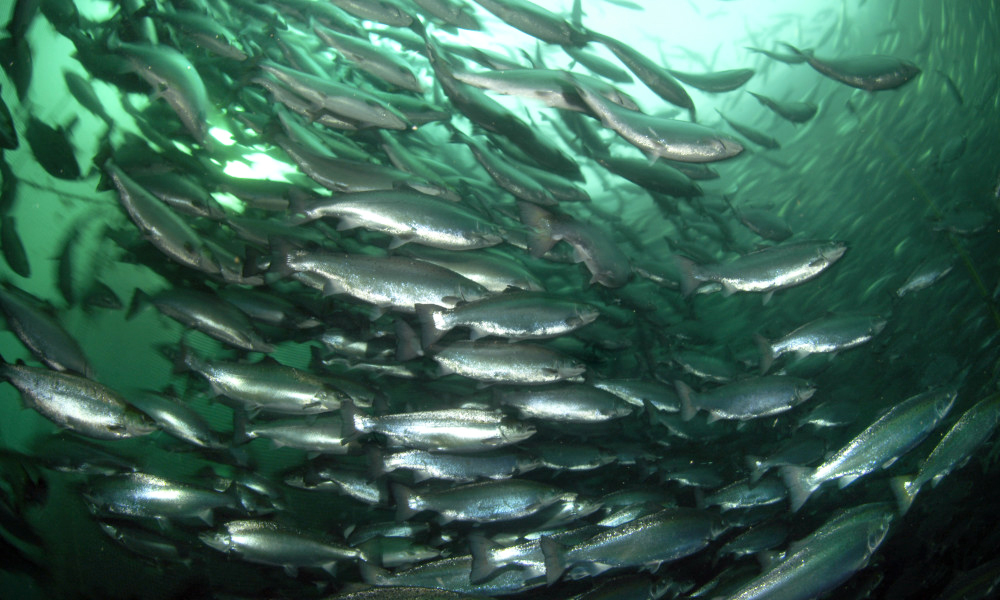
Intelligence
Norwegian land-based salmon farmer finds Maine open for business
Nordic Aquafarms will be bringing something to Maine that’s new to the state: a salmon farm that operates on land. When complete, it will be one of the largest such facilities in the world.

